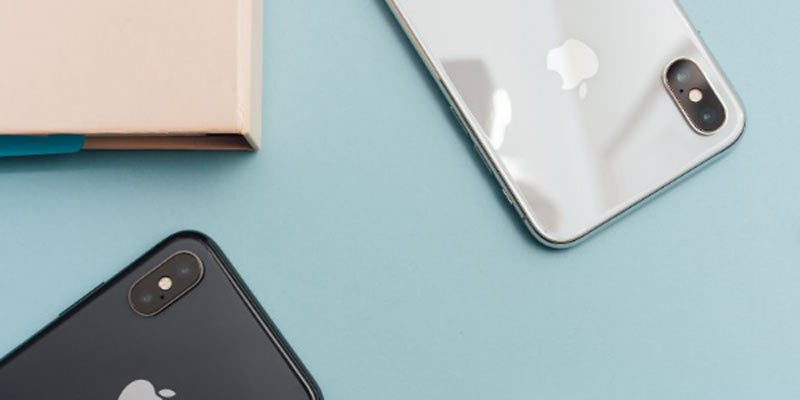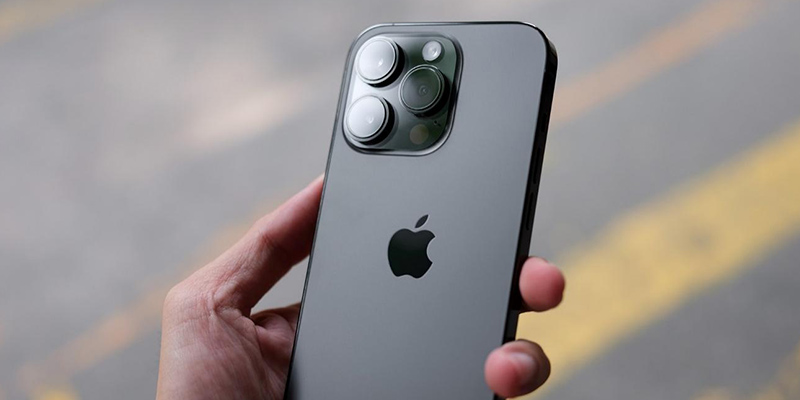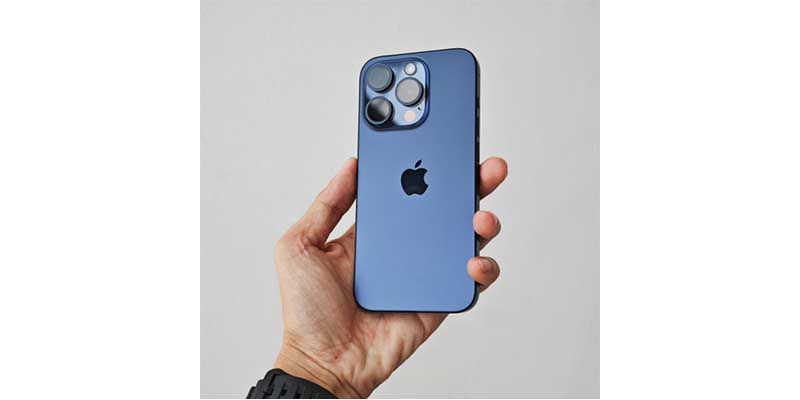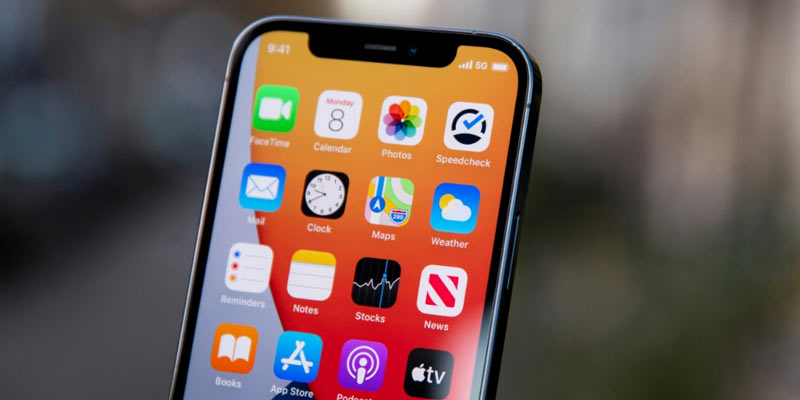The Apple iPhone has been considered revolutionary since its debut in 2007. It has consistently been at the forefront of smartphone technology, setting the standard for innovation in the mobile industry. To many, owning a new iPhone is akin to being part of a technological revolution.
This post will discuss what it truly means to use a new iPhone. From reminiscing about the illustrious history of the iPhone to providing an in-depth guide for those buying an iPhone for the first time, let us appreciate the evolution of this iconic device.
Apple iPhone Series Overview
To truly appreciate the iPhone’s evolution, we must begin with a journey through time, revisiting each series and the innovations they brought to the table. From the iPhone’s groundbreaking touchscreen interface to the latest iPhone 15’s powerful camera enhancements, the journey has continuously transformed and refined. This overview sets the stage for understanding how the iPhone has become integral to our lives. After all, it has paved the way for a seamless introduction to your iPhone experience.
iPhone (2007)
The original 2007 iPhone was a game-changer. While there were smartphones before the iPhone, none matched it in features and practicality. Its 3.5-inch display, 2-megapixel camera, and revolutionary touchscreen interface redefined what a smartphone could be.
iPhone 3G (2008)
In 2008, the iPhone 3G brought faster data speeds and introduced the App Store. It transformed how we interacted with our phones by offering a vast array of applications. It was also the first iPhone with GPS and offered more storage for users. In 2009, the iPhone 3Gs became the first iPhone with the ability to record video.
iPhone 4 (2010)
The iPhone 4, released in 2010, introduced FaceTime video calling and a stunning glass-backed design. It was also the first iPhone with a Retina display, a new screen resolution of 640*960 pixels. Apple even claimed that it compares to the natural limits of the human retina, hence the name. This iPhone set new standards for smartphone aesthetics. The iPhone 4s, released in 2011, featured the introduction of Siri, Apple’s beloved smart voice assistant.
iPhone 5 (2012)
The iPhone 5 featured a taller 4-inch screen, enhanced performance, and the debut of the Lightning connector, replacing the traditional 30-pin dock connector. One of the most monumental features of the iPhone 15 is that it was equipped with a chip of Apple’s design after disassociating itself from Qualcomm. The design of the phone was also thinner and lighter.
iPhone 6 (2014)
This iPhone had larger displays, improved cameras, and the introduction of the iPhone 6 Plus. Apple ventured into the world of phablets, catering to users seeking bigger screens. The iPhone 6 came with a durable, metal design that became standard among flagships. It also had a much better camera with faster and better autofocus.
iPhone 7 (2016)
In 2016, the iPhone 7 arrived with water resistance, stereo speakers, and the controversial removal of the 3.5-mm headphone jack. This signaled Apple’s commitment to wireless technology. The iPhone 7 Plus distinguished itself as a more capable camera phone, and the iPhones’ displays progressively improved.
iPhone 8 (2017)
The iPhone 8 brought wireless charging and augmented reality capabilities, showcasing Apple’s continued innovation in both hardware and software.
iPhone X (2017)
The iPhone X had a significantly different design, featuring a bezel-less OLED display and Face ID for facial recognition. Thus, it ushered in a new era in iPhone aesthetics.
Building on the success of the X, the XS improved performance and camera capabilities in 2018. This new iPhone quickly became a favorite among photography enthusiasts.
iPhone 11 (2019)
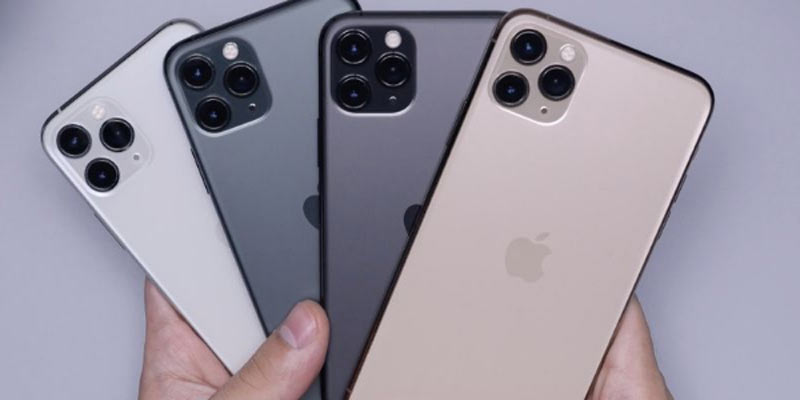
The iPhone 11 introduced a dual-camera system, Night mode, and the powerful A13 Bionic chip, offering users advanced photography and performance capabilities. The Pro and Pro Max models of the iPhone 11 were also thicker due to bigger batteries and thus had longer battery lives.
iPhone 12 (2020)
In 2020, the iPhone 12 series embraced 5G connectivity, MagSafe, and a new design. This led to easy accessory attachment, and the refreshed design harked back to the iPhone 4’s flat-edged aesthetic.
iPhone 13 (2021)
The iPhone 13 boasted enhanced cameras, longer battery life, and the formidable A15 Bionic chip, promising an even more powerful and efficient user experience. All four iPhones in the 13 series also came with Cinematic Mode, which reordered 1080p videos with blurred backgrounds. This was agreed to be a fun addition to the device.
iPhone SE (2022)
A more modest update, this budget smartphone was similar to the iPhone 6 in design but came equipped with the fastest processor at the time, the A15 Bionic chipset. It was also the first budget iPhone to feature 5G connectivity.
iPhone 14 (2022)
This iPhone was released months after the iPhone SE, but more anticipation surrounded it. A Dynamic Island replaced the notch, and the Pro models featured a 48-MP camera and smoother animations.
iPhone 15 (2023)
The newest iPhone yet, the iPhone 15 series, received many upgrades. It features enhanced cameras for even the vanilla models, an A16 Bionic chipset ( and an A17 PRo chipset), and an Action button. The universal USB-C port also replaced the Lightning port.
What To Do After Buying An iPhone For The First Time?
As you unbox this iconic device for the first time, you’re stepping into a world of cutting-edge technology and limitless possibilities. But it would be best to do a few things to turn your Apple device into your unique digital companion. To ensure that you unlock the full potential of your new iPhone, you must follow these crucial steps.
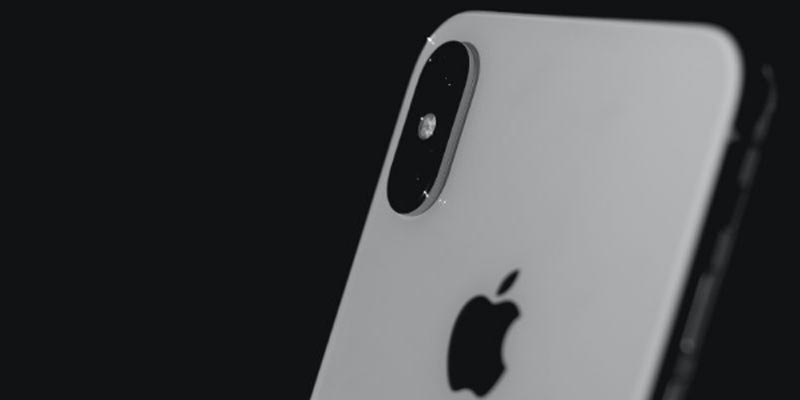
1. Set Up Your Apple ID
Creating one is the first step if you don’t already have an Apple ID. Your Apple ID is essential for accessing the App Store, iCloud, and other Apple services.
2. Activate Your iPhone
Follow the instructions given on your new device to activate your iPhone. If you’re switching from another device, Apple’s “Quick Start” feature makes the transition seamless.
3. Connect to Wi-Fi and Mobile Data:
Ensure you’re connected to Wi-Fi during setup for a smoother experience. Insert your SIM card to enable mobile data connectivity.
4. Enable Face ID/Touch ID
Set up biometric authentication for added security and convenience in your new iPhone.
5. Customize Settings:
Adjust settings such as display brightness, notifications, and privacy preferences to match your preferences and needs.
6. Download Essential Apps
Head to the App Store to download essential apps like messaging, email, social media, and any specific apps that cater to your interests and lifestyle.
7. Backup Your Data
Set up iCloud or use iTunes to back up your device regularly. Regular backups ensure your data is safe and can be easily restored if needed.
8. Explore The New Features
Take the time to explore your iPhone’s features, including Siri, Control Center, Widgets, and various system settings. Familiarizing yourself with these features will make your new iPhone experience more enjoyable and efficient.
What Details Need to be Paid Attention to?
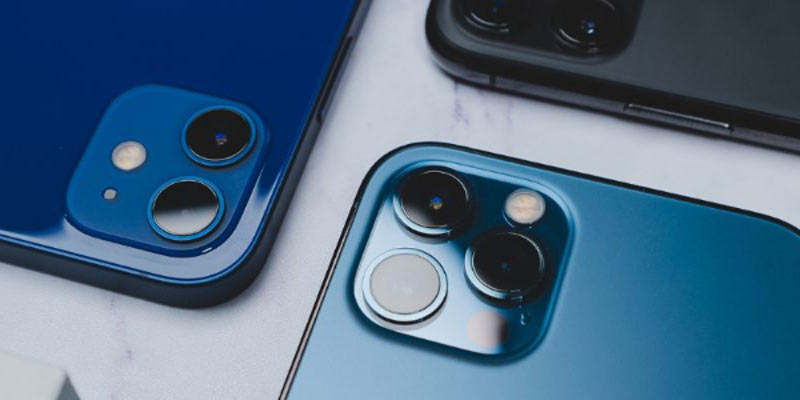
To maximize your new iPhone experience, one must be very careful of how one uses their device. Taking proper care of it and being aware of the workings of your phone will ensure that it has a long and well-functioning life. You should pay extra attention to some specific details of your iPhone.
Battery Life
Keep an eye on your battery usage and consider adjusting settings like screen brightness and background app refresh to maximize battery life. You can also enable Low Power Mode when your new iPhone’s battery is running low.
Security
Enhance your device’s security by enabling Find My iPhone, setting up a passcode, or using Face ID/Touch ID. Regularly update your new iPhone’s operating system to stay protected from security vulnerabilities.
Storage Management
Monitor your device’s storage space and manage it efficiently. Offload unused apps, delete unnecessary photos and videos, and consider using iCloud or other cloud storage services to free up space.
Software Updates
Stay up-to-date with iOS updates. These updates introduce new features and improvements and address security vulnerabilities. Enable automatic updates for convenience.
Accessories
Invest in high-quality accessories such as screen protectors, cases, and chargers to protect and enhance your new iPhone. Apple’s ecosystem offers a wide range of accessories to complement your device.
Takeaway Point
The Apple iPhone has evolved significantly since its inception, with each new model pushing the boundaries of technology and design. For new iPhone buyers, setting up your device involves:
- Creating an Apple ID.
- Activating your device.
- Personalizing your new iPhone.
- Ensuring data backup.
Pay close attention to important details in your iPhone, such as battery life and security, and investing in quality accessories can optimize your iPhone experience.
As you embark on your journey with your first iPhone, you’ll be part of a legacy of innovation and user-friendly technology. These Apple devices have defined the smartphone landscape for over a decade and will continue to do so for a long time. Enjoy your journey with your new iPhone!
